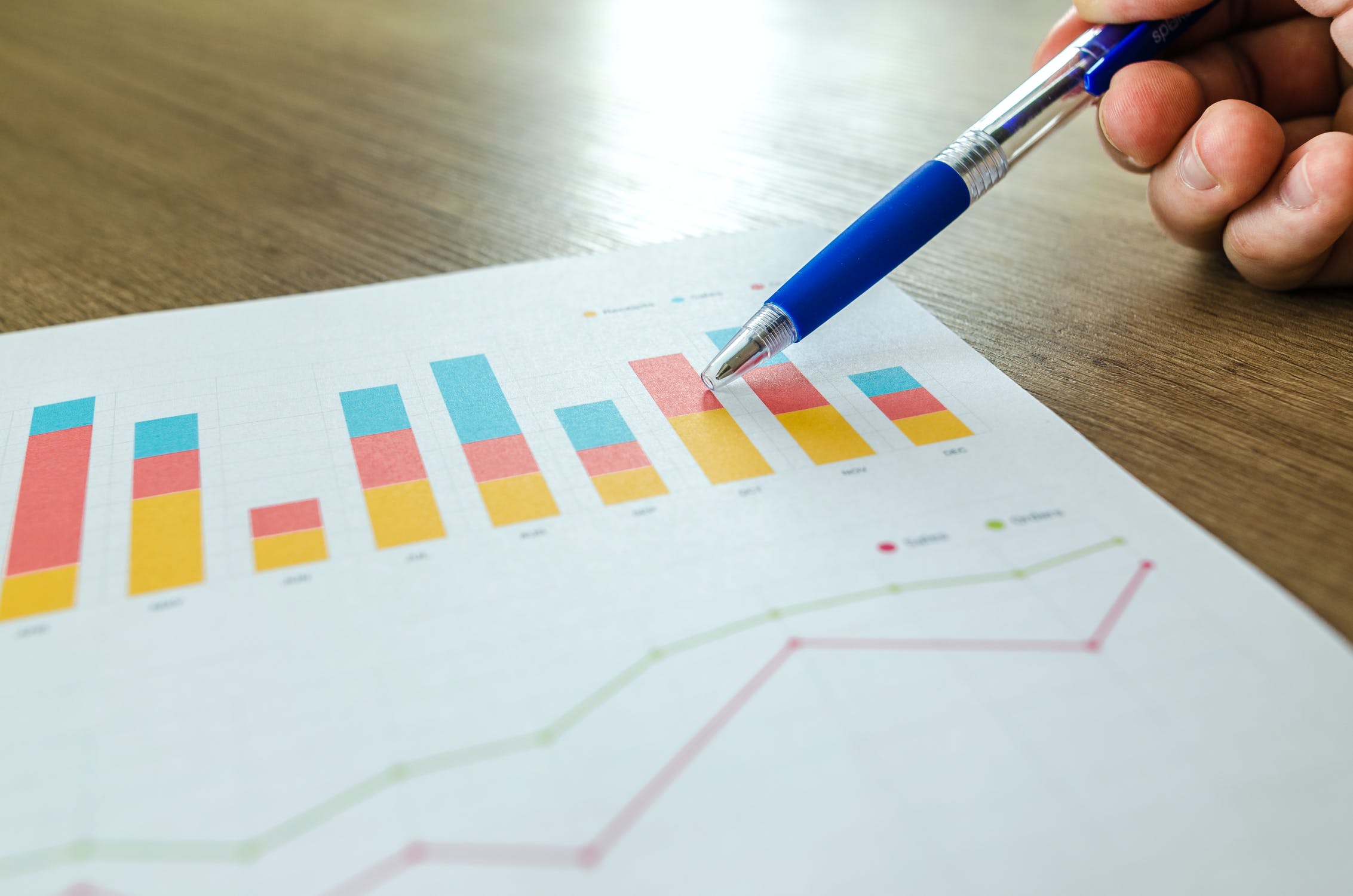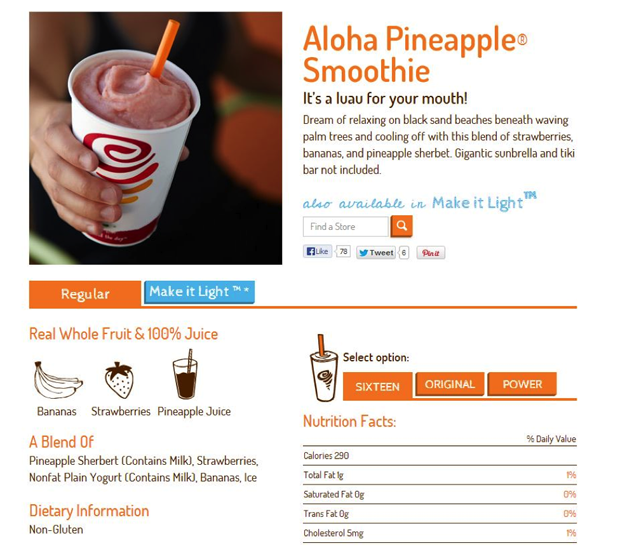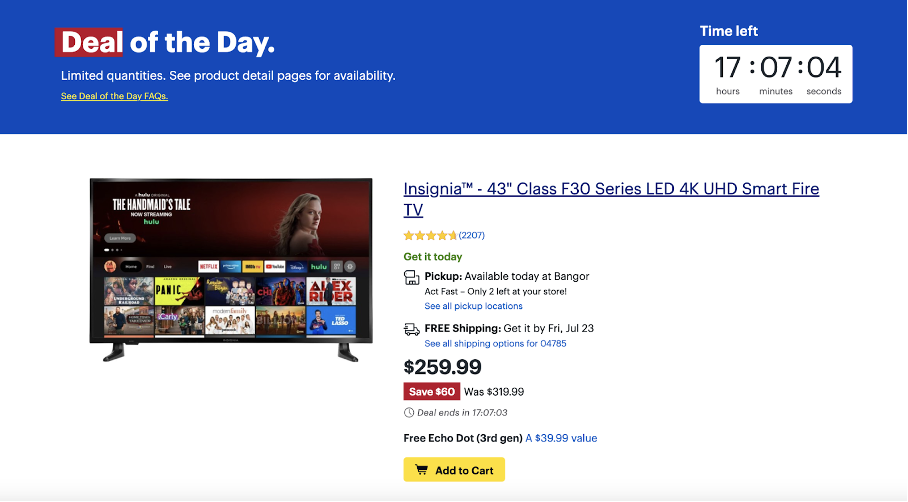Running a successful ecommerce store takes a lot of work. There are many challenges to overcome, and a low conversion rate is one of the most important issues you should tackle to improve the performance of your store.
Conversion Rate Optimization (CRO) is typically focused on increasing sales. However, it can be used to improve any other key performance indicators (KPI’s) that are important to you – downloads, subscriptions, etc.
You might be asking yourself, “Why should I care about CRO?” Well, here’s the answer: As an ecommerce store, you are probably running plenty of ads to drive traffic to your site. If your conversion rate is low, your return on that investment will be low as well. Improving your conversion rate helps you get more out of your marketing budget. Plus, it’s easier to convert your existing visitors than work on finding new ones.
The shocking truth is the average conversion rate for ecommerce stores is only 2%! But if you’re taking the time to optimize your website continuously, you can take your conversion rate above average and keep it there.
In this article, I’ll share with you some basic tips to optimize conversions on your ecommerce site. Starting with these tips, you can build a foundation for a successful CRO strategy.
1. Present your products with high resolution images and detailed product descriptions
When you want to improve the conversion rate of your site, your product pages are a good place to start. It helps to remember that your customers can’t touch the products you’re selling and unless you have live chat, there isn’t a “salesperson” there to answer their questions.
You need to make sure your customers get all the answers they might need from your product pages. It’s really important to use detailed descriptions and high resolution images. You can even take it a step further by producing a high-quality video to introduce your product.
Check out the example below of a product page from BestBuy. They use huge, high-quality images to demonstrate their product and the photos can be enlarged by clicking on them. The pricing and shipping cost are clearly visible, and there’s a detailed description with a full list of specs further down the page They also have three demo videos where their product experts introduce the interactive features.
This is the way to present a product online. Nice job, BestBuy!
2. Make your checkout process easy
A long road to checkout can lead to you losing many customers along the way. Optimizing your checkout process is another crucial step to improving conversions on your site. A one-page checkout is a great approach because it allows visitors to see how many steps they have to finish the purchase.
Like the “Save for Later” button on the product page from BestBuy above, it also helps to include a “Save Cart” button on your checkout pages. Let’s say your customer is interrupted by a phone call while shopping on your site. This allows them to resume checkout at a later time, and prevents you from losing a sale.
3. Add reviews
One of the best ways to improve conversions is to build trust and credibility with your customer. Reading reviews from other customers helps to build trust, especially with customers who haven’t purchased from you before.
Check out this example from Walmart. On their product page, they include ratings and reviews from previous buyers. And believe me, this will reduce uncertainty. You should allow your customers to review products they’ve purchased, and go a step further by sending a follow-up email after a sale to encourage them to leave feedback on your site.
4. Highlight your return policy and warranty
Having a great return policy, and emphasizing it throughout your whole website including product pages, is another way to build trust and credibility with your customers.
When a new customer sees that there is a 90-day warranty with free shipping on returns (your terms may vary) they are much more likely to make a purchase. I suggest presenting it clearly on your product and checkout pages with an eye-catching banner. Make sure your customers don’t miss your return policy, and you won’t miss as many conversions!
5. Create a sense of urgency
Creating a sense of urgency is one of the best ways to convince your visitors to buy immediately. When people are given time to decide, they prefer to delay making a decision. Thinking too much about buying a product can ultimately lead to not buying it at all, or buying a competitors’ product. A discount or coupon with an expiration date and advertising “limited quantities” are great ways to create a sense of urgency.
6. Recover your abandoning visitors
It’s worth mentioning again that it’s easier (and cheaper) to convince visitors who’ve already shown some interest in your site to buy, compared to driving new traffic to your site.
That’s why recovering visitors who are leaving your site without converting – through a sale or signup – is a big part of improving your conversions. Thankfully, there are several options for capturing these customers, and the best is to use them all at the same time. Let’s take a look!
There is traditional remarketing which you can use to capture visitors after they leave your site. Facebook and Google AdWords both have great remarketing tools. You can target your visitors while they are checking their newsfeed on Facebook, reading their Gmail or browsing other websites.
If you have the email addresses of your visitors, then email marketing is another great tool for capturing these customers and improving your conversions in the long run. You can setup automated emails for people who leave something in their cart. I suggest sending a discount offer that encourages them to finish the checkout process.
Traditional remarketing and email are great for when people have already left your site, and with the help of on-site retargeting, you can even recover visitors before they leave your site. Check out this cart abandonment popup below. When a visitor tries to leave the checkout page without finishing their purchase, the popup appears offering 10% off. Recovering abandoning visitors this way – before they browse away from your site – is a powerful way to increase your conversion rate.
7. Help shoppers find products
Usually, shoppers have an idea of what product they’re looking to buy and if they can’t find it on your site, they take their business elsewhere.
By making sure your site has a well-functioning search, you can increase your conversion rate.
When assessing your search, check to see if relevant suggestions auto-populate as soon as someone focuses in the search bar and that the suggestions are relevant as they start typing. It’s a good idea to recommend both keyword and product suggestions.
Search doesn’t end in the search box though. After a shopper executes a query, the results they see on the page should be ranked by relevance and popularity.
These are just some basic site search optimization tips, but the more you do, the higher your conversion rate will be!
I’ve gathered these tips to give you an introduction to the basics of conversion rate optimization. Driving traffic to your ecommerce store is not enough to ensure success. And, you can lose a lot of time and money focused only on driving traffic to your site.
Using these tips, you can start to build a solid CRO strategy that will help you get more sales and leads out of your existing traffic. Optimizing your existing traffic is the hallmark of a successful ecommerce store and the best way to achieve long-term results.
By clearly presenting your products, streamlining your checkout process, building trust with your customers, creating a sense of urgency and recovering abandoning visitors, you can take your store above the average 2% conversion rate. If you’re already above this, you’re a step ahead, and these tips will keep you on top of your game. One last thing to remember, CRO never stops, it’s an ongoing process of optimization. There’s always room for improvement!




